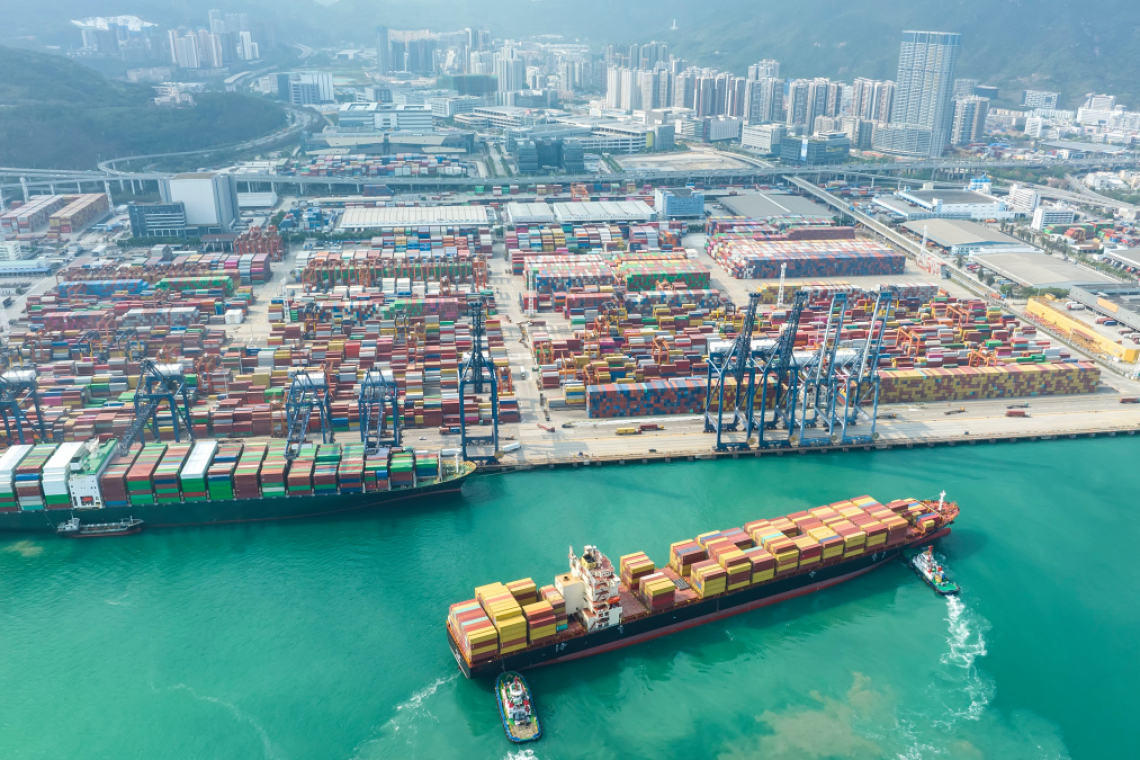Although companies were aware of their growing dependence on China, they ignored it. However, this changed with the outbreak of Covid, as political decisions in China became increasingly restrictive, influencing the availability of materials and supply chains. As a result, Western companies tried to break free from this grip and shifted their sources of supply. China + 1, near- or reshoring are concepts that are now being pursued, but they only alleviate dependency, not eliminate it. Unfortunately, the European PCB industry has shrunk considerably in recent years, particularly because local consumers have destroyed the former supply base with unrealistic price demands and conditions. From a global market share of 14% in 2000, only just over 2% now remains.
Almost three quarters of the manufacturers remaining in Europe in 2023 only have an annual turnover of less than €10 million, with only six companies having a production volume of more than €50 million. Compared to the giant companies in Asia, the largest of which has an annual turnover of almost USD 6 billion, these are 'dwarfs'.
|
Manufacturer |
Turnover € million |
Employees |
|
|
2000 |
555 |
4.775 |
44.657 |
|
2005 |
341 |
2.750 |
24.975 |
|
2010 |
292 |
1.957 |
17.826 |
|
2015 |
247 |
1.815 |
16.461 |
|
2020 |
191 |
1.513 |
14.989 |
|
2023 |
164 |
1.690 |
14.852 |
The rigorous selection process has forced manufacturers to focus either on the sectors they supply or on the technologies and services they offer.
The fact that relatively few producers are able to achieve significant sales is due to the customer structure. A high proportion are in the medical sector (Switzerland), aerospace (France, the UK and Italy) or military technology (France, the UK and Italy). The (less profitable) mass business in the automotive and industrial electronics sectors is mainly supplied by Germany and Austria.
Within Europe, most PCB manufacturers are based in Germany, which produces 40% of the total European volume, followed by Austria and Switzerland with a total of just under 20%. The last few years in particular have shown that security of supply is becoming increasingly important. This is made clear by the economic policy decisions of the recent past (e.g. the establishment of semiconductor production).
|
Manufacturers |
million € |
|
|
million Germany |
44 |
675 |
|
Austria + Switzerland |
7 |
327 |
|
Italy |
30 |
203 |
|
Belgium + France |
16 |
165 |
|
Great Britain |
33 |
155 |
|
Central Europe |
20 |
79 |
|
Spain |
9 |
48 |
|
rest of w. Europe |
5 |
37 |
|
total |
164 |
1689 |
However, Europe's overall economic development raises fears that 2024 could be a fateful year for many companies. Compared to the previous year, incoming orders in German-speaking countries fell by 37.5% in the first quarter of 2024. Initial voices do not expect the situation to improve noticeably until the turn of the year 2024/25.
As the PCB industry is not in the political spotlight, the initiative must lie with the respective business partners. They need to work more closely together, reach longer-term agreements and have more trust in each other. In the past, there was a rule that at least two suppliers had to be approved for each component, rather than just serving as a 'stopgap'. A nearby manufacturer can provide advice and produce the finished PCB more cost-effectively and/or with better quality.


